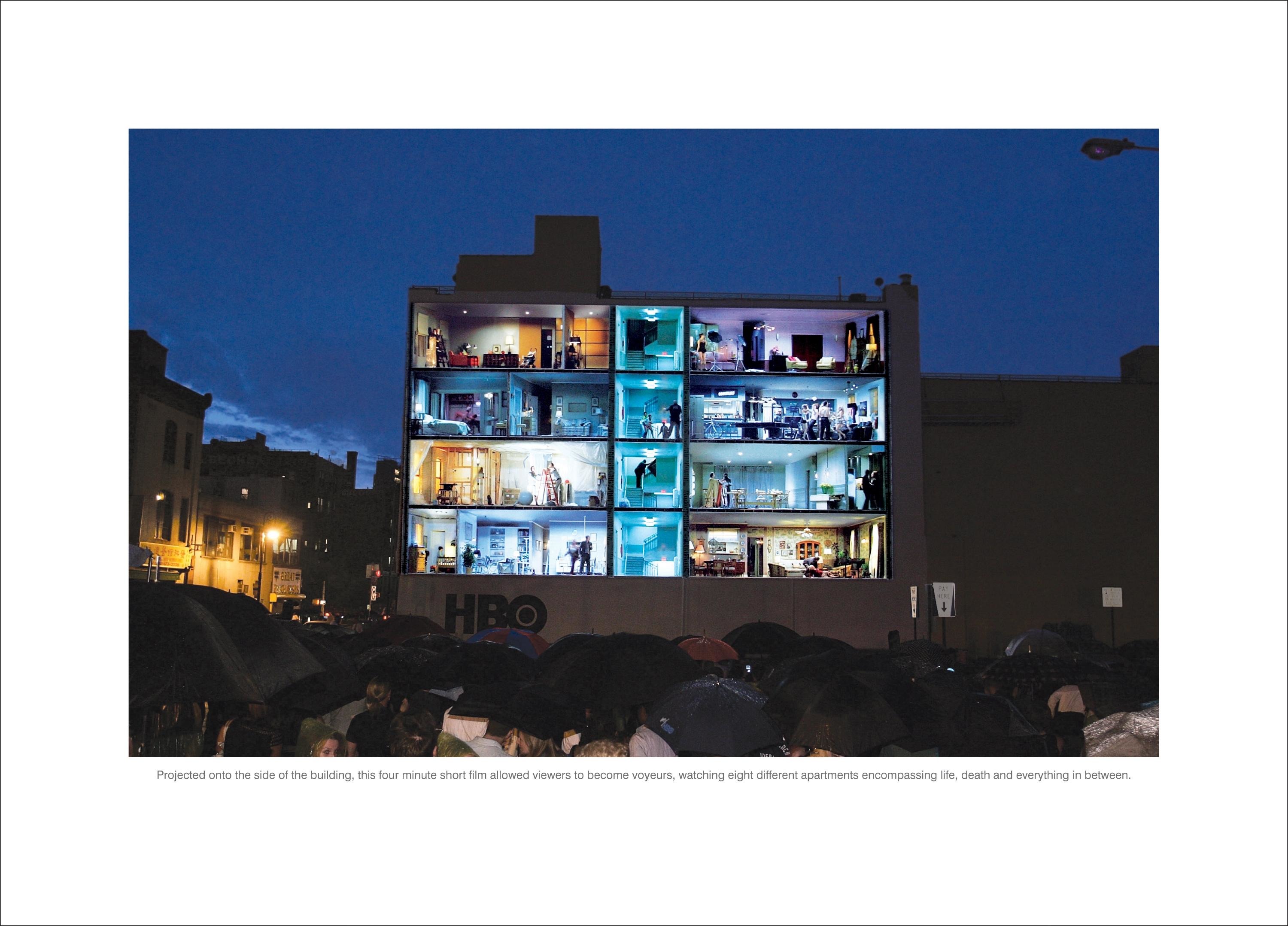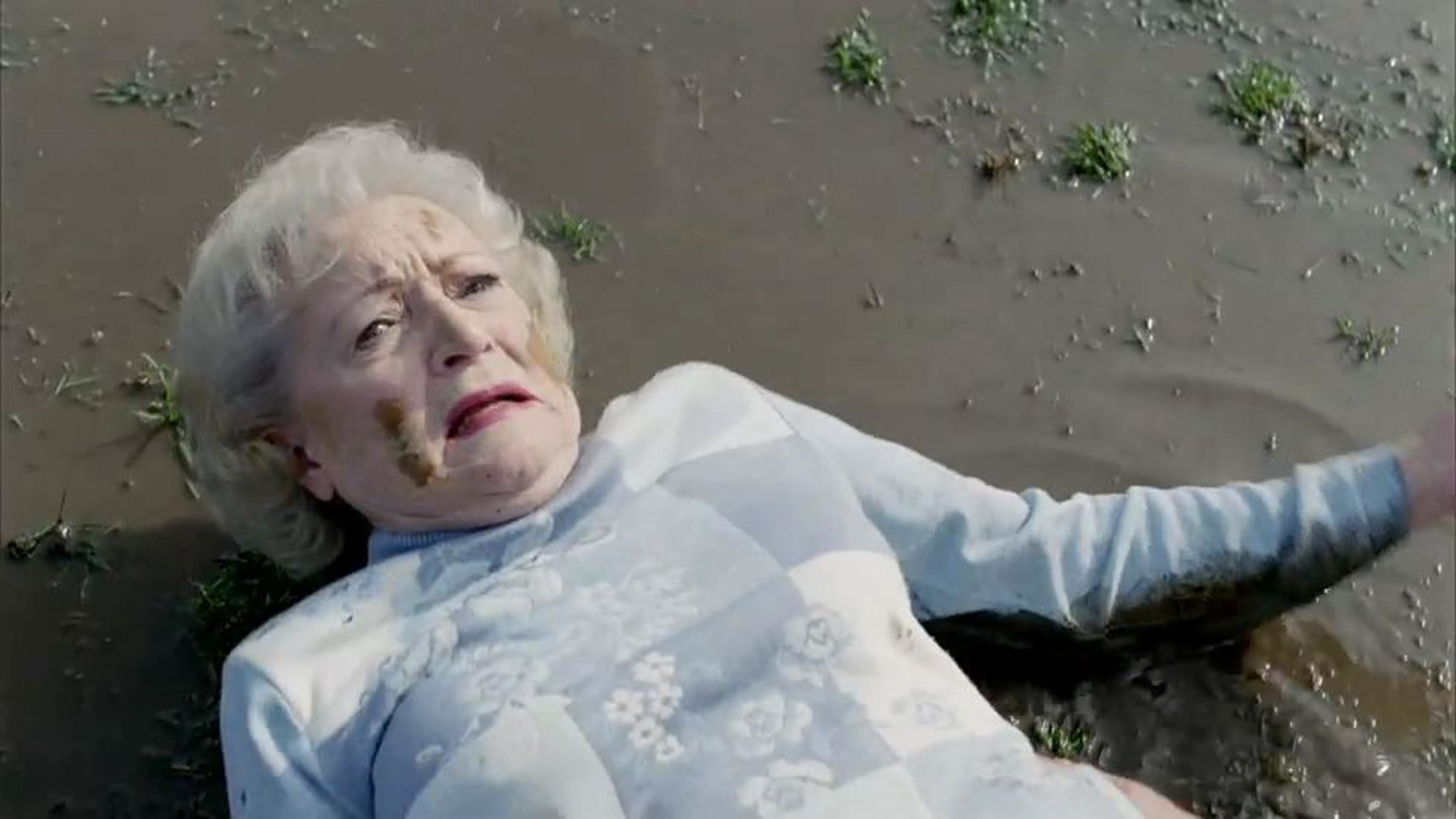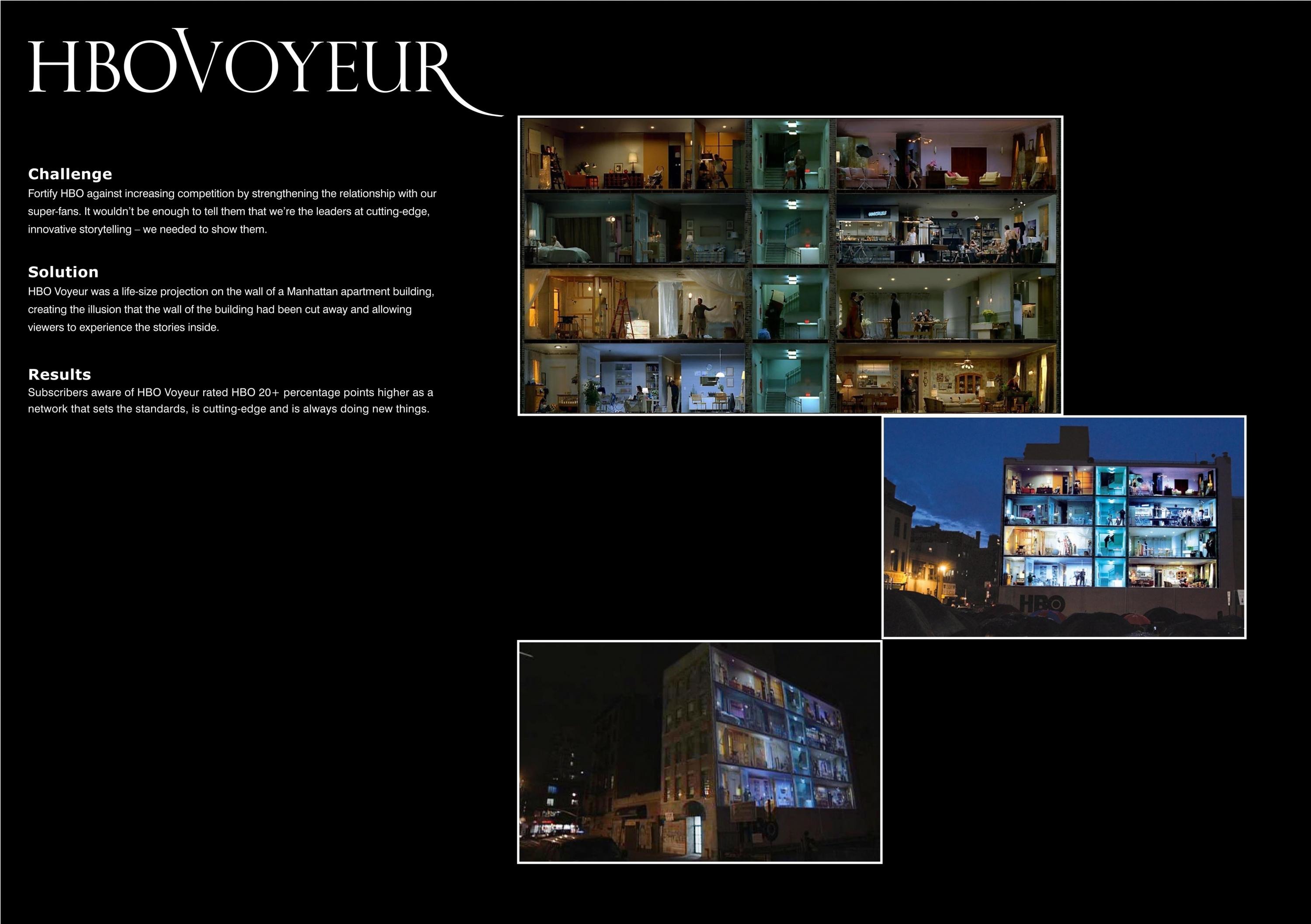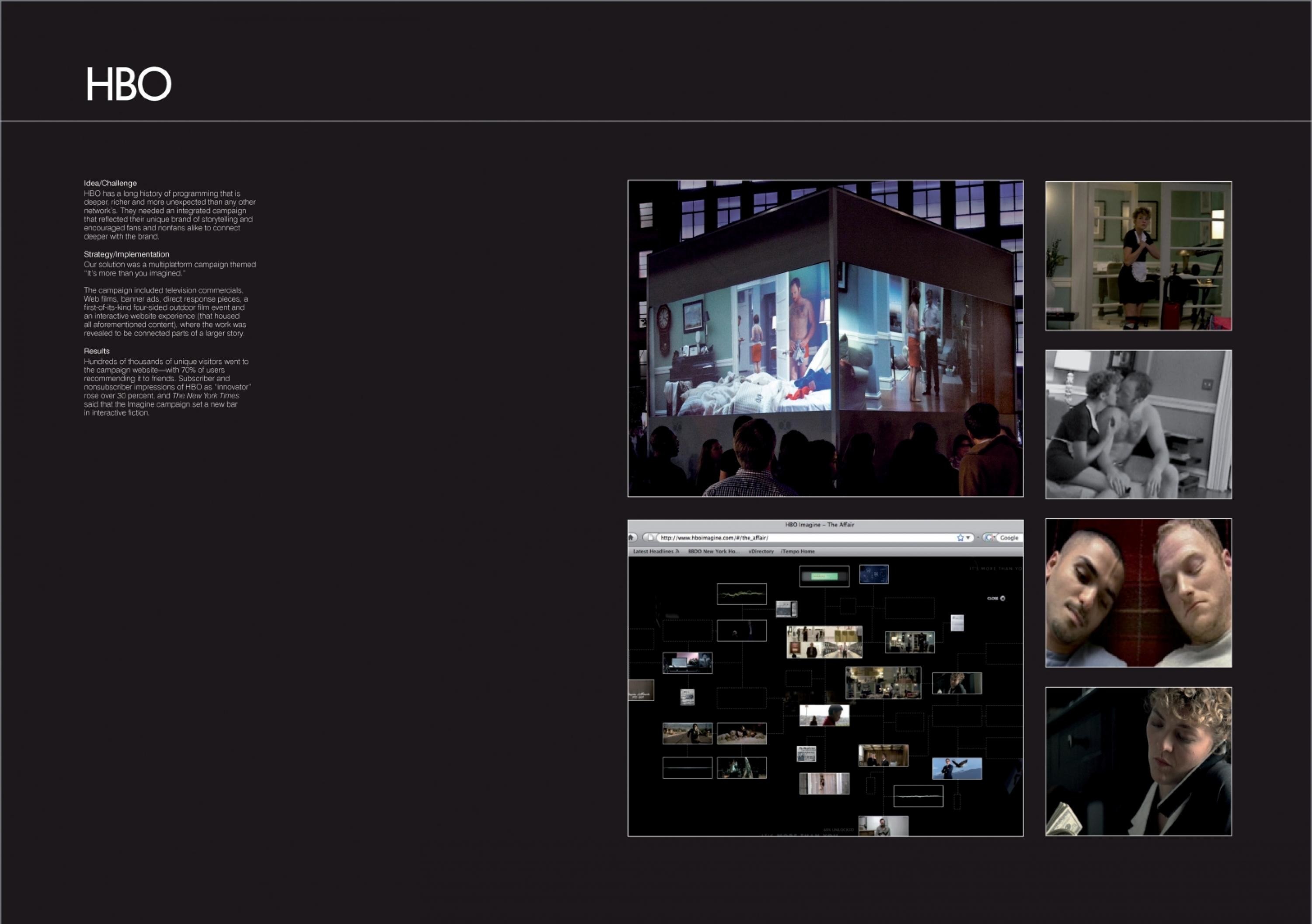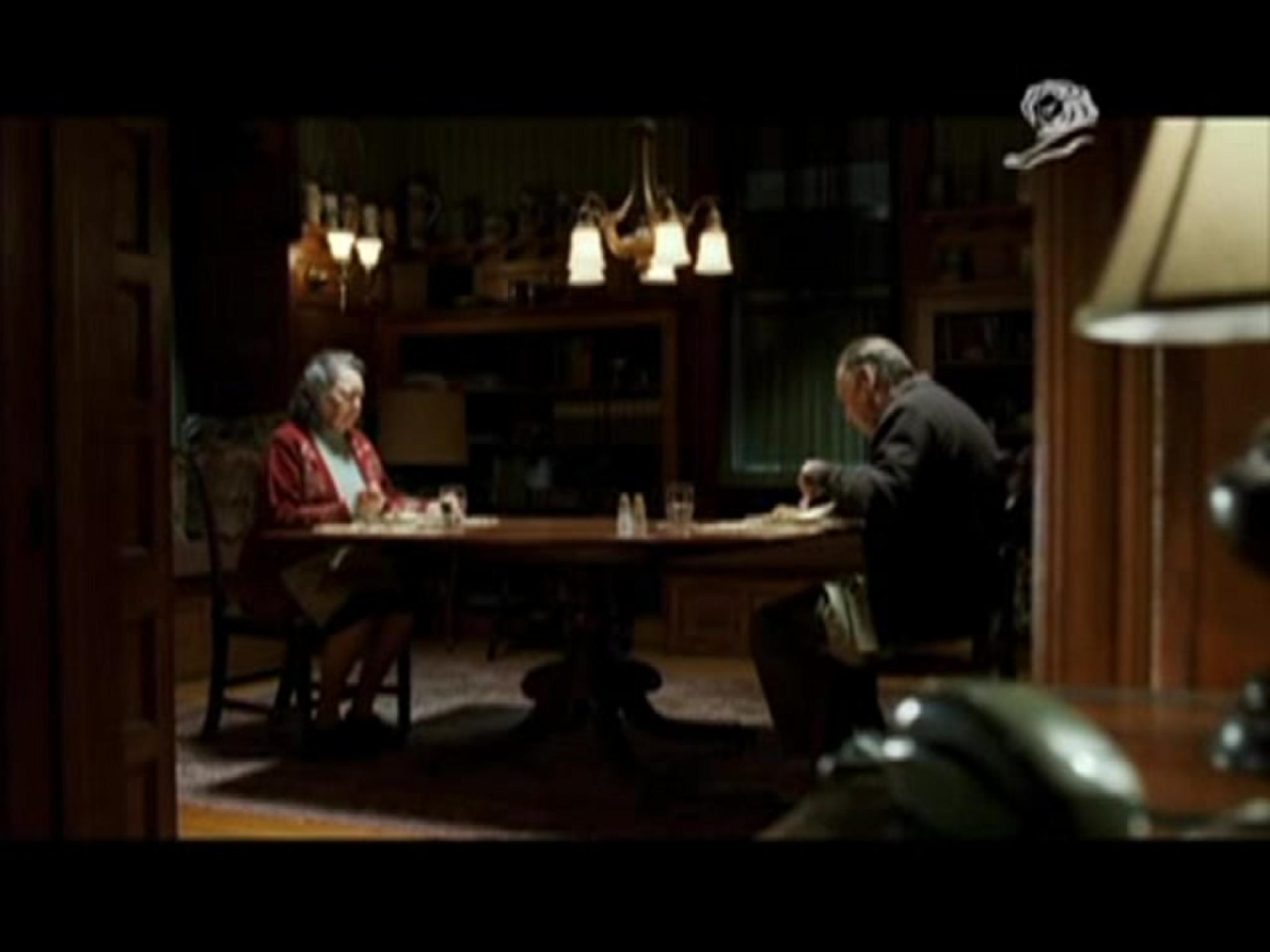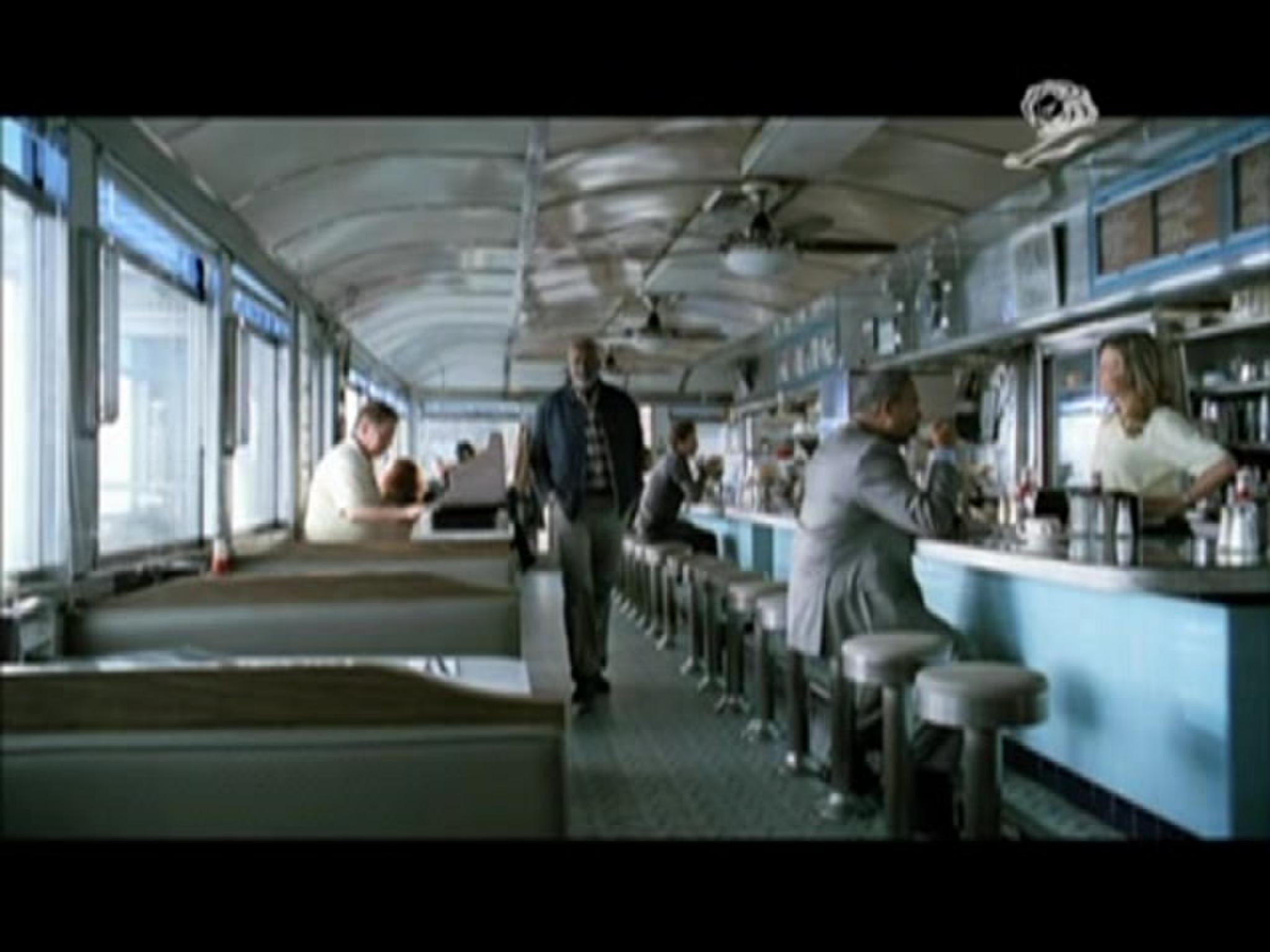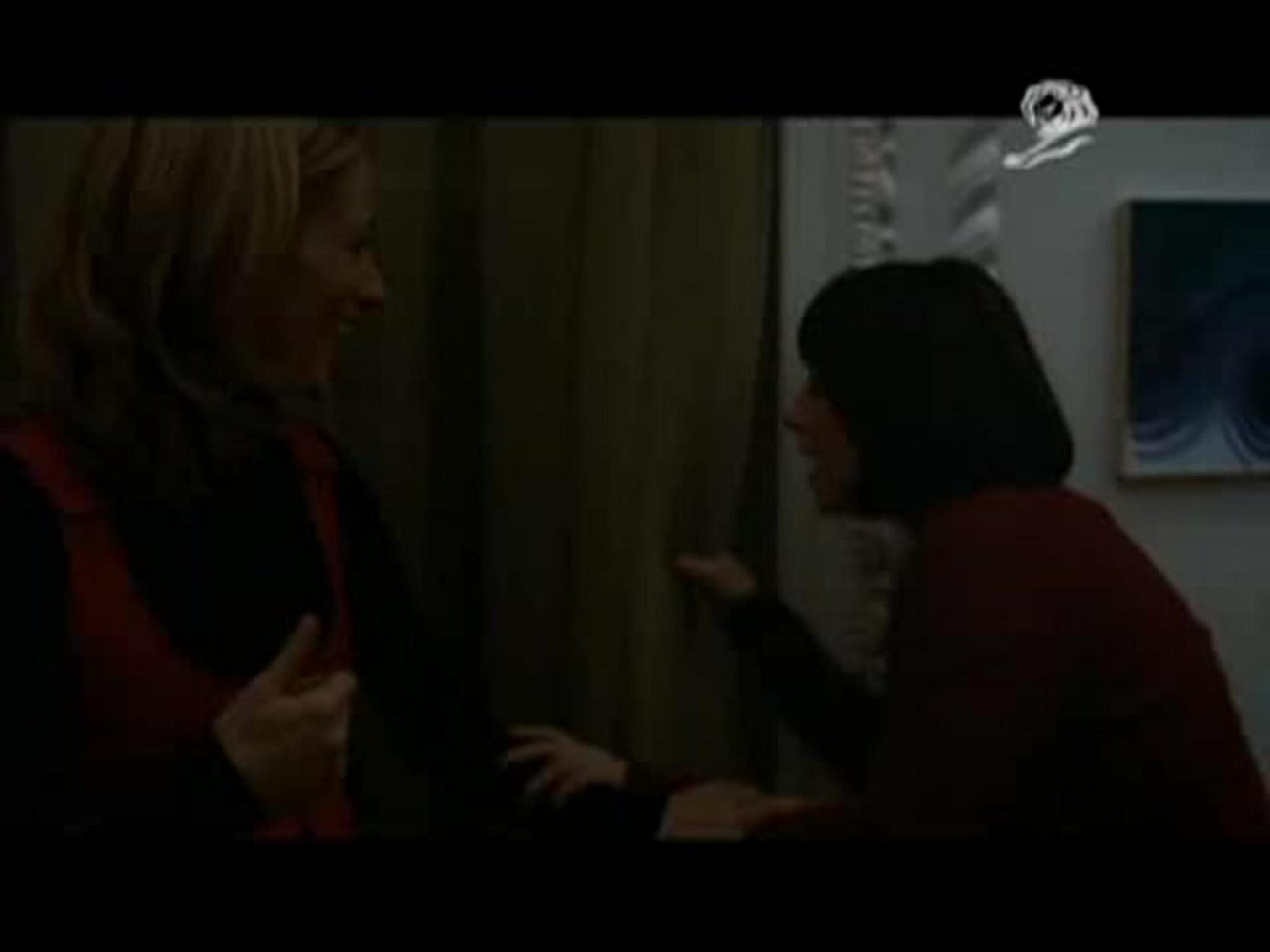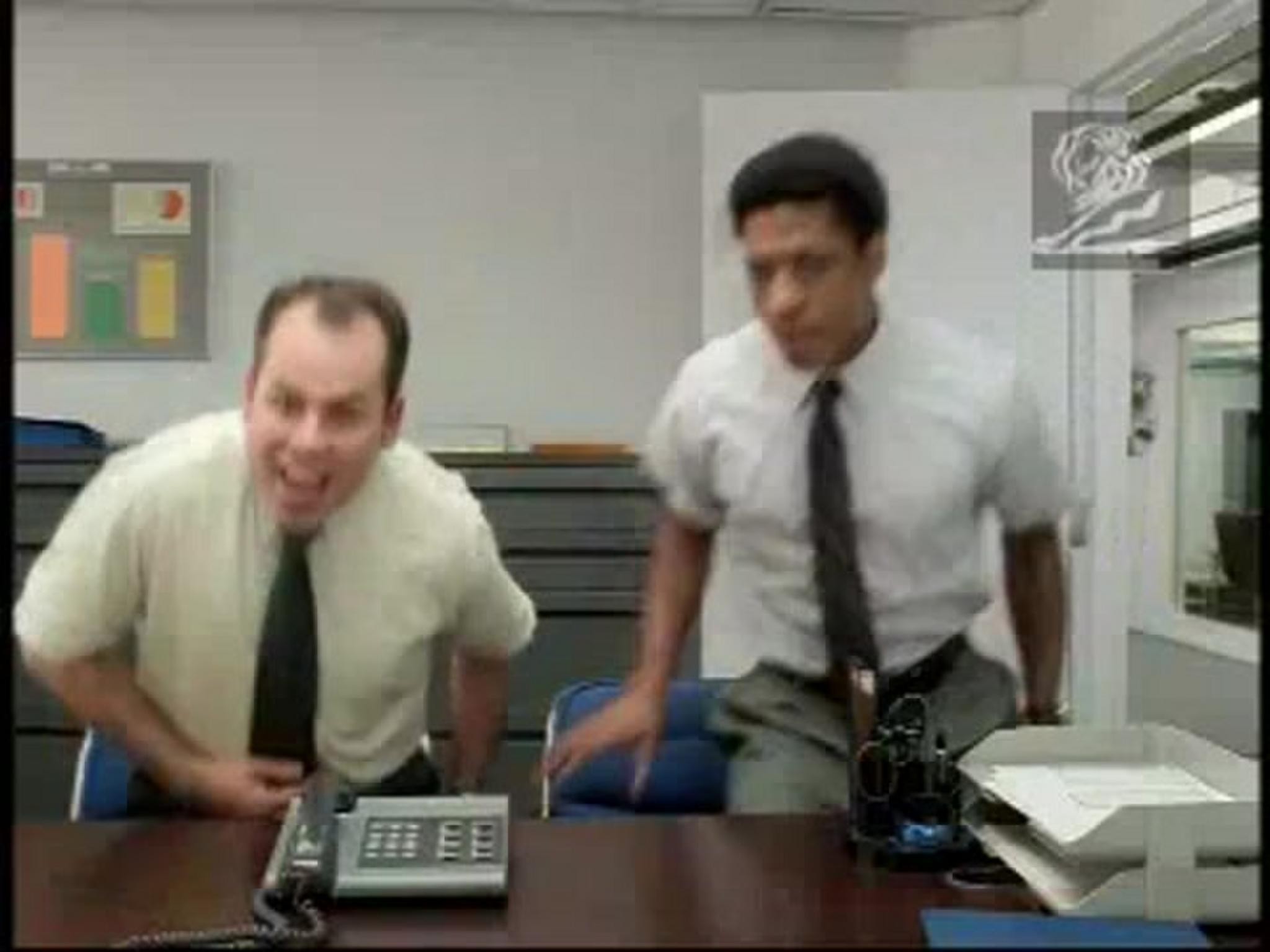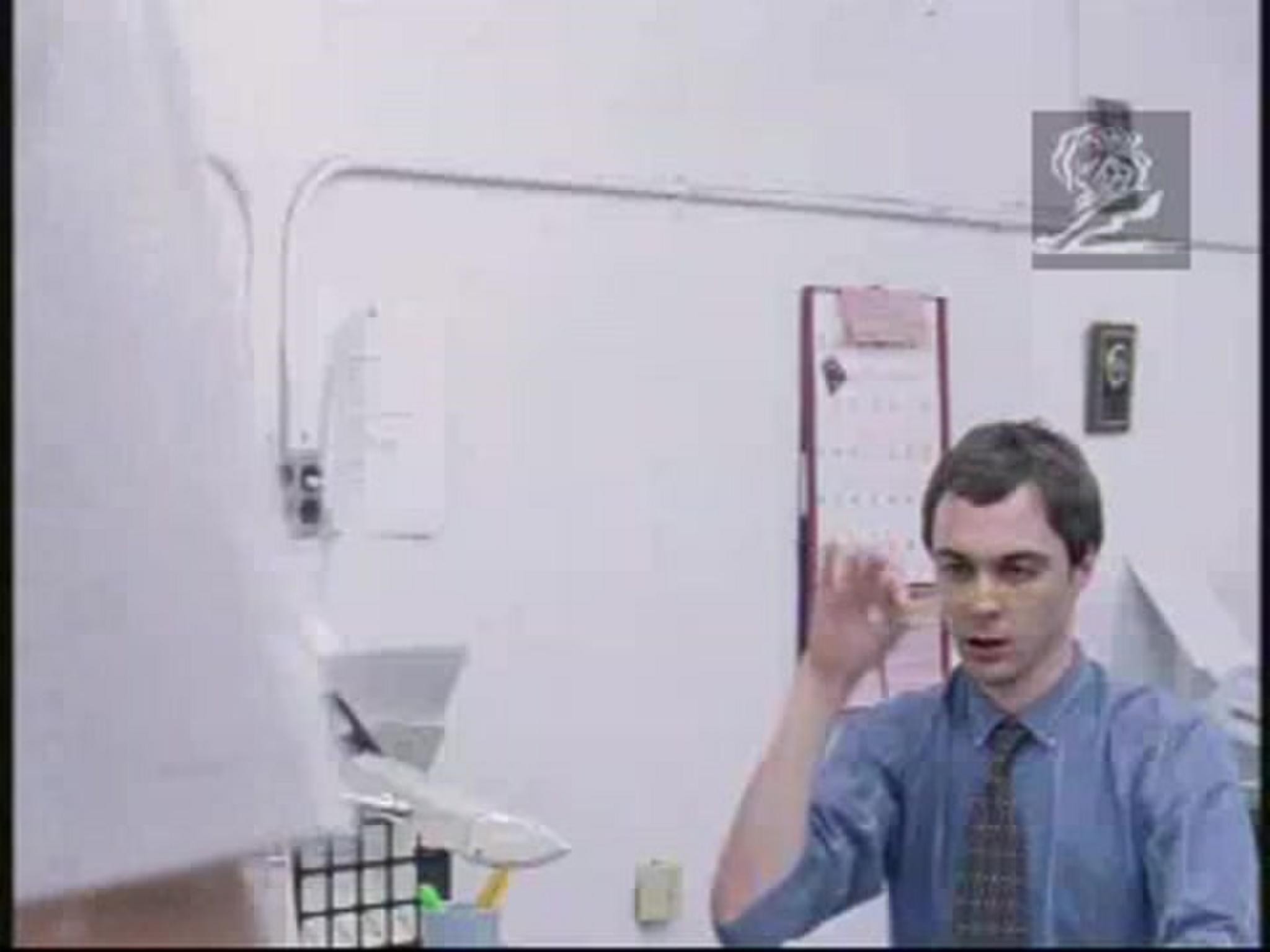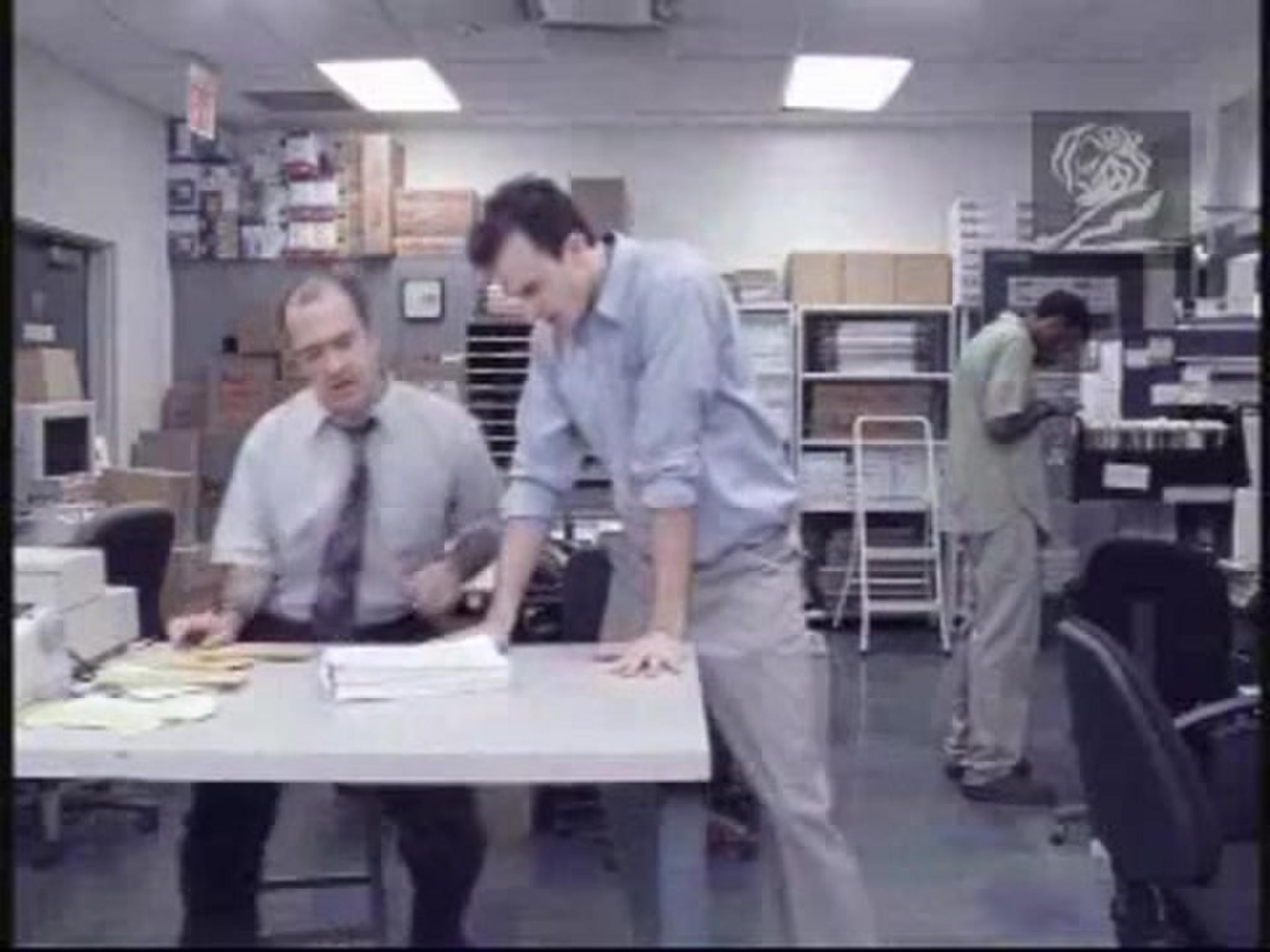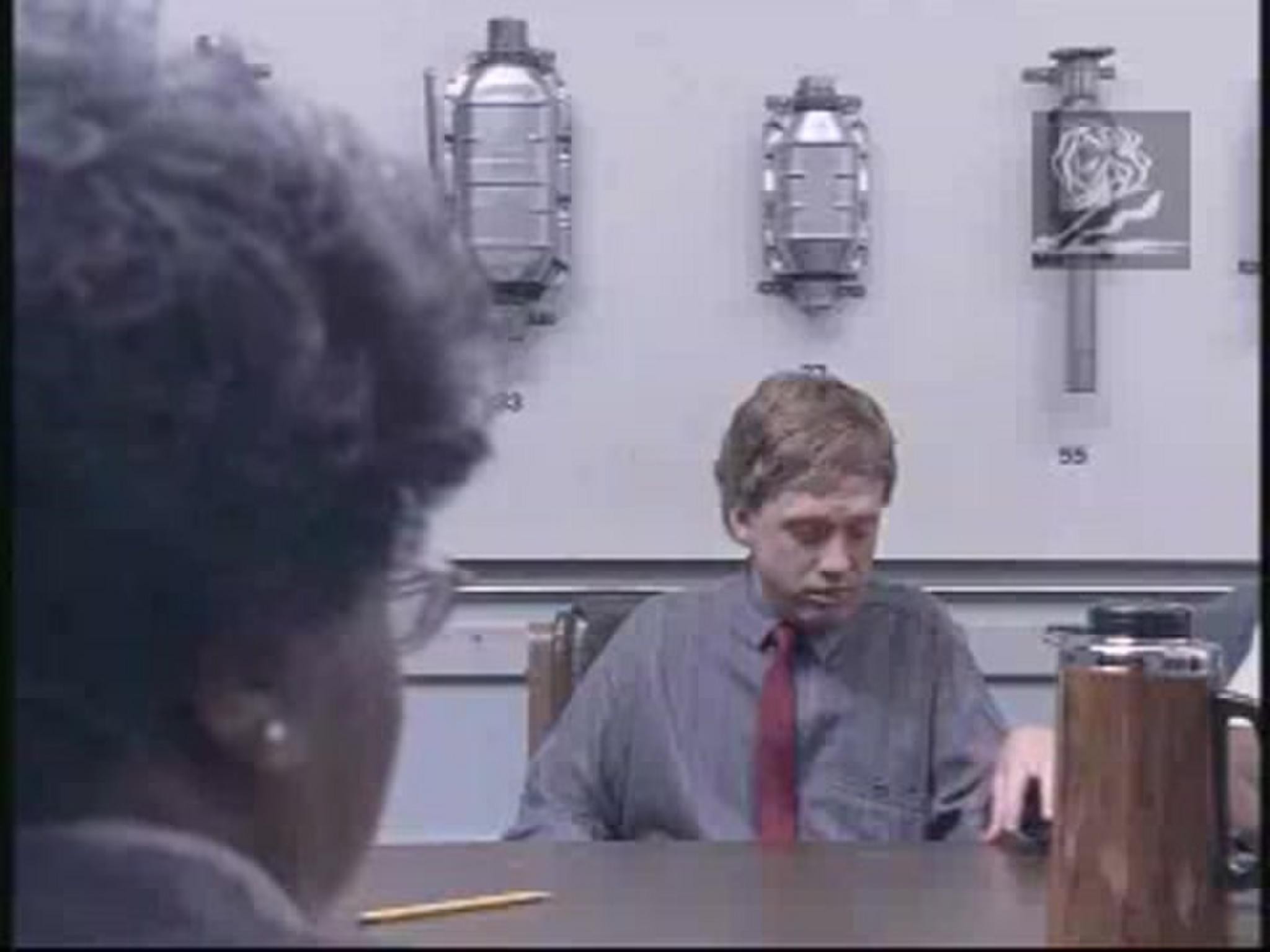Creative Effectiveness > Creative Effectiveness
THE FACE OF DISTRACTED DRIVING
BBDO NEW YORK / AT&T / 2019


Overview
Credits
Overview
Summary
After a decade raising awareness and changing opinion, AT&T’s 2019 “It Can Wait” campaign faced a new challenge. Ninety-eight percent of Americans see distracted driving as dangerous,(1) but 87% of drivers self-report that they still drive distracted.(2) We were up against one of the quintessential problems of human behavior: how do you get people to stop a compulsive action when they already know it’s dangerous and wrong?
So we worked with a behavioral scientist, learning that strong emotional messaging would be most effective in changing behavioral intent, and that behavioral intent was the strongest predictor of changed driving habits, accounting for 31% of all variance in driving behavior.(3)
We then developed three emotional hypothesis, leveraging shame, guilt, and empathy, respectively, with creative executions against each. But we needed to determine which hypothesis and execution would be most impactful.
Standard research methodologies were woefully inadequate. We needed to accurately measure true emotional response as it was felt and experienced in real time. So, we created a suite of 39 digital videos and launched them on Facebook, utilizing continuous testing methodologies to measure the many dimensions of emotional engagement.
This revealed empathy to be the most effective emotion, and “Faces of Distracted Driving” to be our strongest empathy-driving execution. “Faces” featured stories about two young men, Caleb and Forrest. Each story opens on a young man speaking to camera. As we hear each young man, we see home video footage of each as a young boy. When we cut back to him, it’s revealed that this is what he’d look like today – if he hadn’t been killed by a distracted driver.
To craft these stories, we worked carefully with victims’ families, forensic artists, and visual effects teams to bring Forrest and Caleb “back to life,” so they could explain their deaths in their own words. We extended the idea into long-form documentaries, shot by Errol Morris, which explore the true depth of loss experienced because of distracted driving.
Our most important communications task was to be emotionally impactful, and “Faces” shattered our expectations for emotional reaction: 93% of all viewers found the ad “emotionally moving” and a staggering 68% said they found it “extremely moving.”(4) We also saw unprecedented shifts in anticipated distracted driving: it fell by 56% among in-cinema viewers(5) and by 60% among viewers on Facebook. (6)
This campaign had over 73 million media impressions and over 13 million views in less than a week.(7) With well over half of all viewers changing their behavioral intent, and with behavioral intent so closely linked to real reductions in distracted driving, that means millions of safer drivers on the road.
1. AT&T/Kantar It Can Wait Q1 2018 Report.
2. Id.
3. Prof. Icek Ajzen, Theory of Planned Behavior Applied to the It Can Wait Campaign, June 9, 2017.
4. AT&T Screenvision Media Evaluation, Aug. 20 2018.
5. Id.
6. MetrixLab/Facebook, AT&T It Can Wait Ad-Vance Test, January 2018
7. Media data provided by media agency, September 2018
More Entries from Creative Effectiveness in Creative Effectiveness
24 items
More Entries from BBDO NEW YORK
24 items




